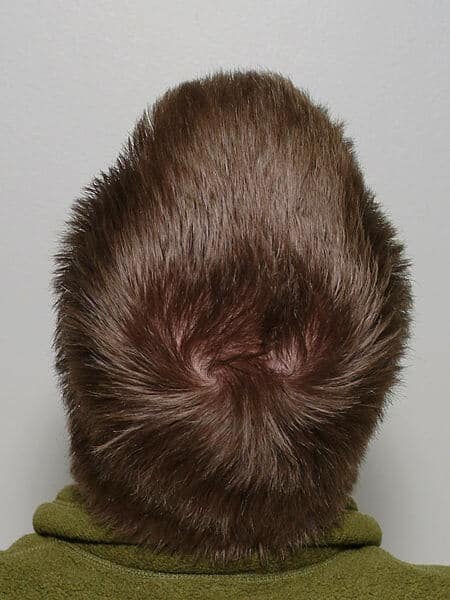Innovative approach causes less harm to brain, Johns Hopkins surgeons find
Johns Hopkins surgeons report they have devised a better, safer method to replace bone removed from the skull after lifesaving brain surgery. The new technique, they say, appears to result in fewer complications than standard restoration, which has changed little since its development in the 1890s.
Patients who have a piece of the skull removed to accommodate a swelling brain caused by brain injury, infection, tumor or stroke typically undergo a second operation — a cranioplasty — a few months later to restore the protective covering. In the intervening weeks, the scalp often adheres to the outer layer of the brain. Traditionally, surgeons have peeled the scalp off the brain to then tuck the skull bone or custom implant back into place, a practice which puts the patient at risk of bleeding, seizure, stroke and infection. In some cases, the replaced bone or implant must again be removed.
In the new approach, described online in the journal Neurosurgery, surgeons pull back only the top three layers of the five-layer scalp, thereby sandwiching the bone or implant in between. The researchers say this innovation not only prevents brain injury, but also reduces infection risk by providing the delicate bone or implant access to blood supply in the scalp from both the top and the bottom.
“Everyone has been taught for 120 years to completely peel up the scalp,” says study leader Chad R. Gordon, D.O., a craniofacial surgeon and assistant professor of plastic and reconstructive surgery at the Johns Hopkins University School of Medicine. “But by not disturbing the brain, we get much better outcomes. This is a safer, simpler way to do a very complex surgery.”
“This represents a tremendous advantage for our patients,” says Johns Hopkins neurosurgeon Judy Huang, M.D., a study co-author.
For the study, the research team, which included several Johns Hopkins neurosurgeons, treated 50 patients using the new technique between July 2011 and June 2013. Only one patient developed a deep infection requiring bone removal. Deep infection remains the leading major complication following secondary cranioplasty, with rates reported between 21 and 40 percent. Blood loss also was dramatically reduced, they say.
Ideally, surgeons restore the skull with the same piece of bone removed during the original operation, which is stored in a freezer between operations. In some cases, surgeons must substitute the original bone with a custom-made implant made of an organic compound called methyl methacrylate, which has been used safely since the 1960s.
Gordon says he is working with several Johns Hopkins neurosurgeons through the Multidisciplinary Adult Cranioplastic Clinic, which helps answer patient questions about two major sets of concerns: how to safely reconstruct a life-threatening skull defect following brain surgery and what type of deformity will result.
“She’s in there in the middle of the night telling patients that she has to take part of their skull off to save their lives,” Gordon says of Huang. “Meanwhile, everyone’s thinking, ‘What is it going to look like afterward?’ Working together, we can reassure our patients and their families and work together toward a positive outcome.”


